Top Strategies for Sourcing the Best CNC Steel: Insights from Industry Leaders and Market Trends
In the rapidly evolving manufacturing landscape, sourcing the best CNC steel has become an increasingly critical factor for companies striving to maintain competitive advantage. According to a recent report by Grand View Research, the global CNC machining market is expected to reach USD 100.57 billion by 2025, fueled by the growing demand for precision components across various industries. As industry leaders emphasize the importance of high-quality materials, the nuances of sourcing CNC steel efficiently have garnered significant attention. With factors such as material properties, cost fluctuations, and supplier reliability in play, organizations must navigate these complexities to make informed decisions. This blog aims to explore top strategies for sourcing CNC steel, drawing insights from market trends and expert perspectives to empower manufacturers in their procurement processes.
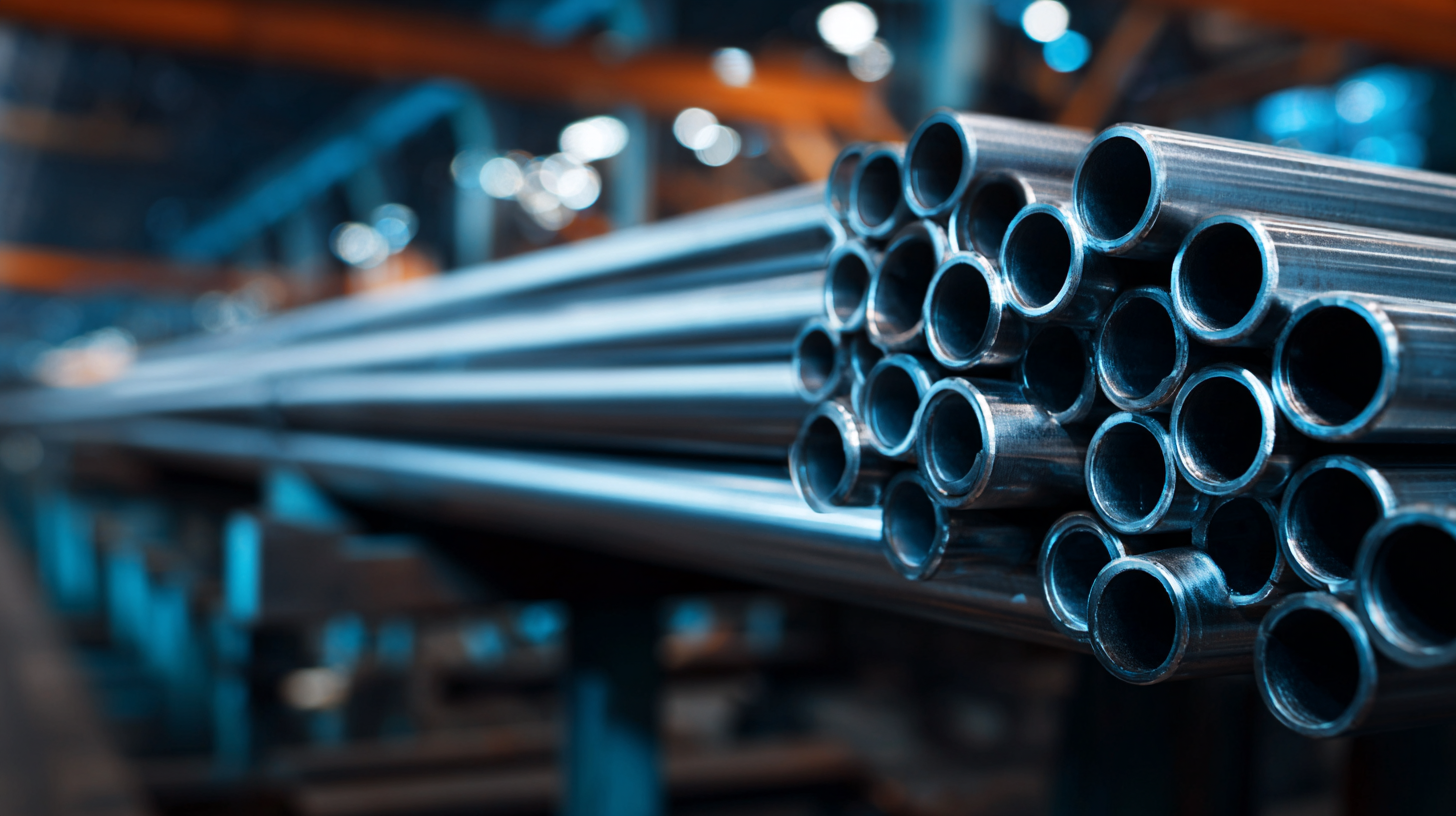
Key Factors for Evaluating CNC Steel Suppliers in Today’s Market
When evaluating CNC steel suppliers in today’s competitive market, several key factors play a crucial role in determining the best fit for your needs. Firstly, assess the supplier’s production capabilities and quality control processes. Understanding their technology, equipment, and certifications can provide insight into their ability to meet your specifications and maintain consistency in quality. It’s essential to choose a supplier that adheres to industry standards and has a proven track record of reliability.
Secondly, consider the supplier’s flexibility and responsiveness. In an ever-evolving market, the ability to adapt to specific project requirements and timelines is invaluable. Prompt communication and a willingness to collaborate can significantly enhance the working relationship and ensure smoother operations. Additionally, researching customer reviews and testimonials can give you an idea of their service level and performance history.
Lastly, analyze the overall cost-effectiveness of the supplier. While it might be tempting to opt for the lowest price, it's crucial to balance cost with quality and service. Look for suppliers that offer competitive pricing along with value-added services that can benefit your operations in the long run. By focusing on these factors, you’ll be better equipped to find a reliable CNC steel supplier to meet your manufacturing needs.
Top Strategies for Sourcing the Best CNC Steel
| Criteria | Description | Importance Level | Current Trends |
|---|---|---|---|
| Material Quality | Evaluate the hardness and durability of the steel to ensure longevity. | High | Increasing focus on high-grade alloys. |
| Supplier Reputation | Research feedback and case studies from previous clients. | High | Rising importance of transparency and client relationships. |
| Delivery Time | Assess the efficiency of the supplier in timely deliveries. | Medium | Trend towards on-demand manufacturing to reduce waiting times. |
| Pricing Competitiveness | Compare pricing structures with other suppliers to ensure value. | Medium | Demand for cost-effective solutions is increasing. |
| Technical Support | Determine the level of after-sales support and assistance offered. | High | Growing trend of comprehensive post-sales services. |
| Certifications | Check for industry-standard certifications and compliance. | High | Emphasis on certified suppliers for quality assurance. |
Comparative Analysis of CNC Steel Grades and Their Applications
When sourcing CNC steel, understanding the different grades and their applications is crucial for optimizing performance and cost-effectiveness. Common grades such as 4140, 1018, and 304 stainless steel each offer unique properties tailored for specific machining tasks. For instance, 4140 is renowned for its high strength and toughness, making it ideal for heavy-duty applications like automotive and aerospace components. In contrast, 1018 is favored for its excellent machinability and lower cost, often used in manufacturing shafts and fixtures.
Additionally, the choice of CNC steel should align with the desired finish and performance criteria of the final product. Higher alloyed steels may be required for parts exposed to corrosive environments, while lower grades are sufficient for more straightforward tasks. By examining the specifications of each grade and considering factors such as wear resistance, hardness, and alloy composition, manufacturers can make informed decisions that lead to enhanced productivity and reduced material waste. Leveraging insights from industry leaders can further illuminate the best practices for selecting the right CNC steel for various applications.
Comparative Analysis of CNC Steel Grades and Their Applications
Emerging Trends in CNC Steel Sourcing: What Industry Leaders Recommend
As the CNC steel market continues to evolve, industry leaders emphasize the importance of staying ahead of emerging trends to secure the best materials for manufacturing processes. One significant trend is the shift towards sustainable sourcing practices. Companies are increasingly prioritizing suppliers who utilize environmentally-friendly materials and processes, reflecting a growing commitment to reducing their carbon footprint. This not only appeals to eco-conscious consumers but also enhances brand reputation in a competitive market.
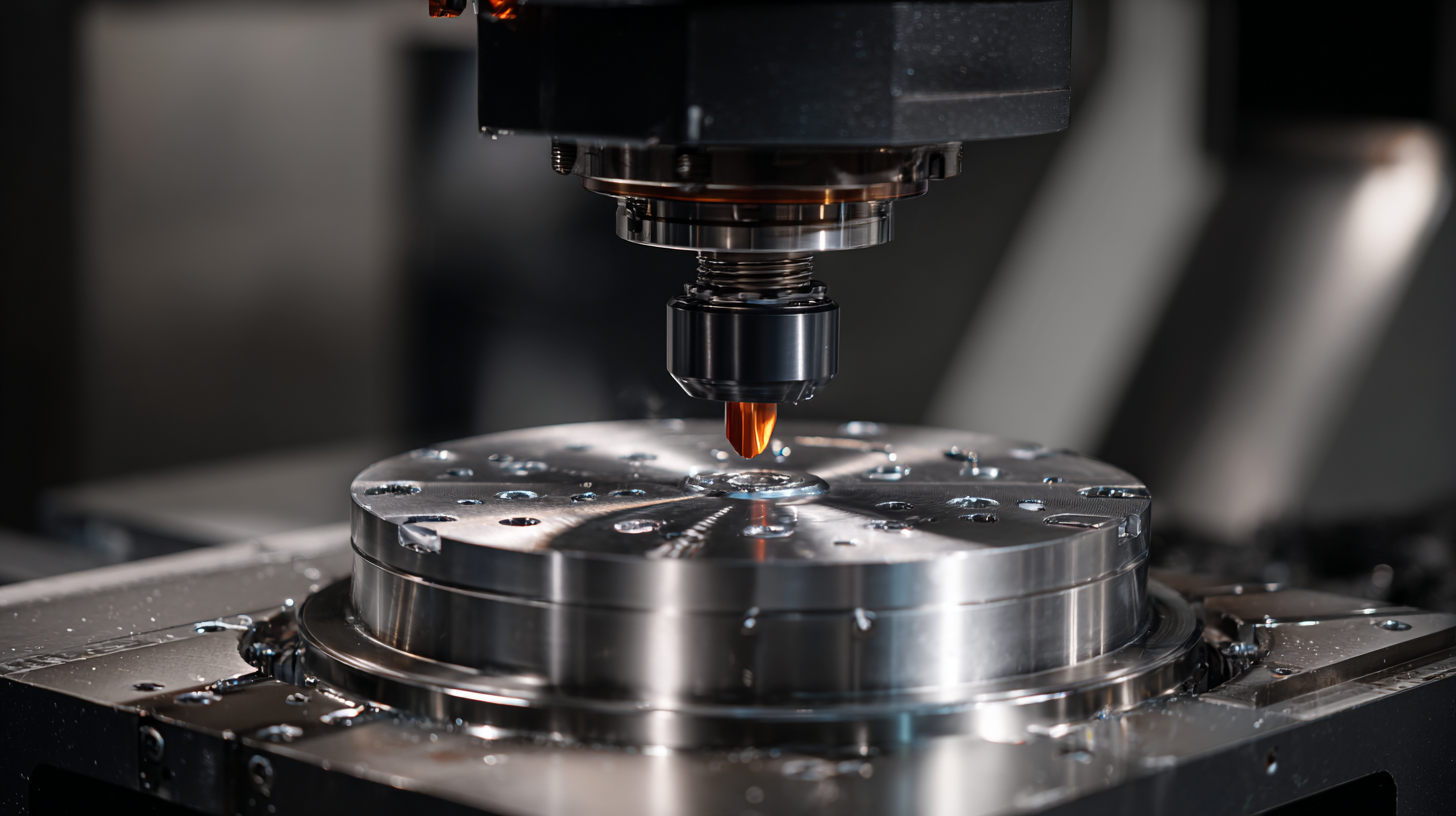
Another crucial recommendation from experts is to leverage technology for smarter sourcing decisions. With advancements in data analytics and artificial intelligence, businesses can better predict market shifts and identify the most reliable suppliers. By utilizing digital platforms that provide real-time market insights, companies can not only streamline their procurement processes but also mitigate risks associated with fluctuating prices and availability. Embracing these technological innovations will empower manufacturers to adapt quickly to changes in demand and maintain a robust supply chain for CNC steel.
Cost vs. Quality: Balancing Budgets while Sourcing CNC Steel
When sourcing CNC steel, one of the primary considerations is the delicate balance between cost and quality. Industry leaders agree that cutting corners on material quality can lead to substantial long-term costs, including increased failure rates and higher maintenance expenses. Understanding the specific requirements of your project is essential, as this will guide decisions on whether to prioritize cost savings or invest in higher-quality materials.
A strategic approach to sourcing involves evaluating suppliers based on both their pricing structures and their reputation for providing high-quality products. Engaging with multiple suppliers can lead to competitive pricing while enabling comparisons not just on cost, but also on the materials’ properties and the suppliers’ compliance with industry standards. Investing time in supplier audits and asking for samples can further help in assessing quality. Ultimately, forging a relationship with a reliable supplier who offers the best balance of cost and quality can enhance productivity and ensure the longevity of your CNC steel components, making it a worthwhile investment in the long run.
Sustainability Considerations in CNC Steel Procurement Strategies
Sustainability considerations are becoming increasingly pivotal in the procurement of CNC steel as industries strive to reduce their environmental footprint. According to a recent report by the Global Steel Innovation Forum, approximately 30% of the steel produced in 2022 is derived from recycled materials, highlighting the importance of circular economy practices in steel sourcing. Companies are now placing greater emphasis on sourcing steel from suppliers that prioritize sustainable practices, such as energy-efficient production methods and responsible sourcing of raw materials.
**Tip:** When sourcing CNC steel, evaluate suppliers not just on cost but also on their sustainability credentials. Look for certifications like ISO 14001, which indicates the organization’s commitment to effective environmental management systems.
Moreover, the demand for lower carbon emissions is driving a trend towards alternative materials and production techniques. As per the World Steel Association, transitioning to green steel production could potentially reduce global CO2 emissions by over 1 billion tonnes annually by 2030. By adhering to sustainable procurement strategies, businesses can not only enhance their brand reputation but also align with evolving regulatory frameworks aimed at promoting environmental stewardship.
**Tip:** Establish partnerships with suppliers who invest in innovative technologies that align with your sustainability goals, ensuring that your CNC steel procurement is both economically and environmentally sound.
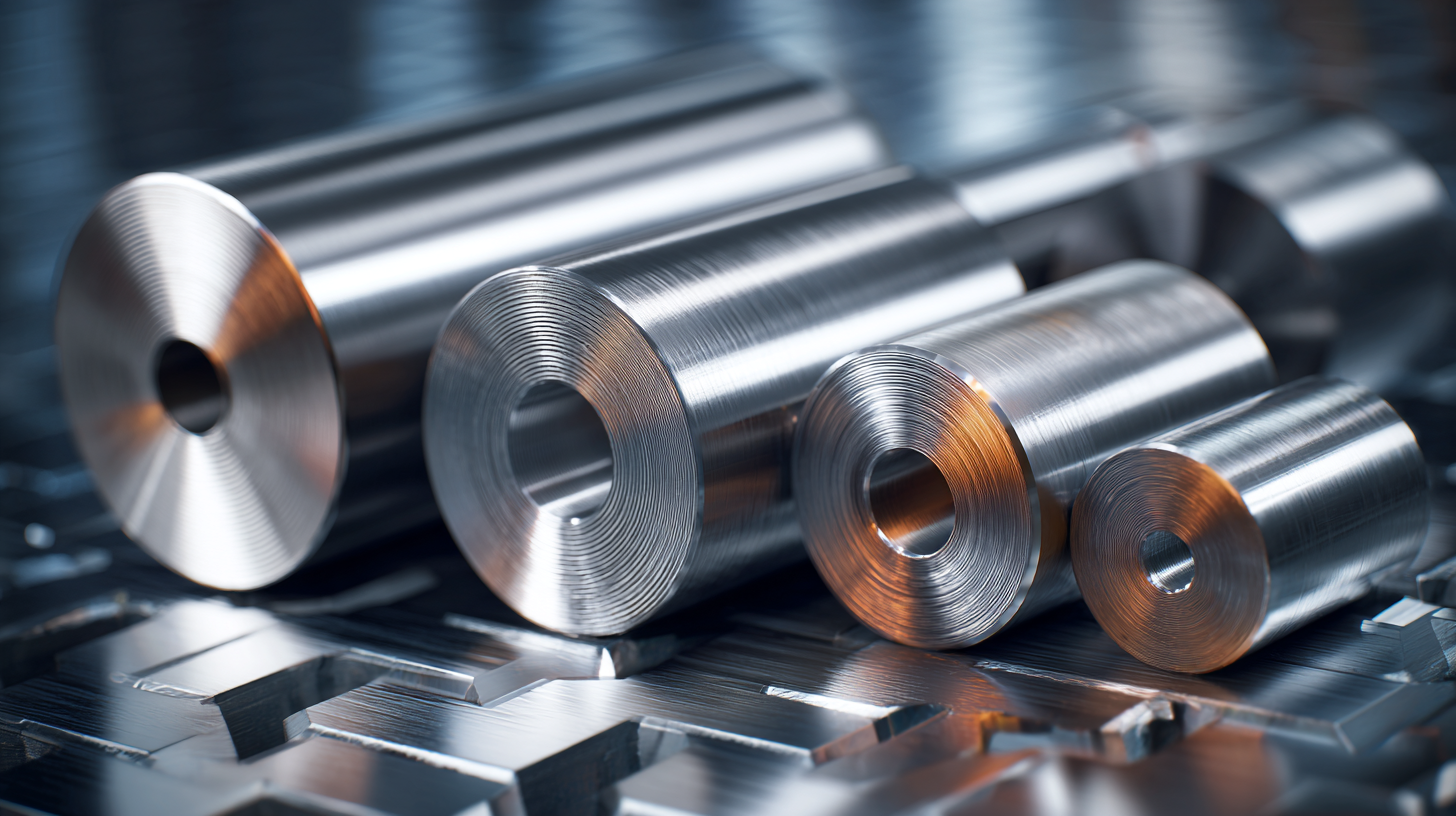
Let's Build Together

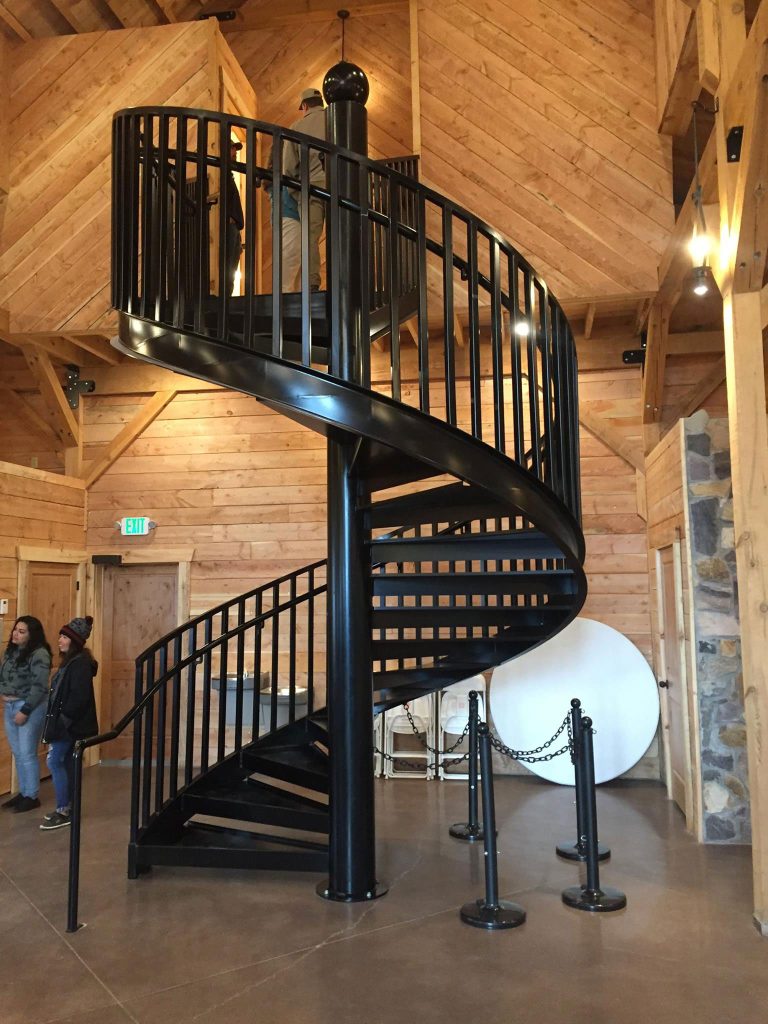
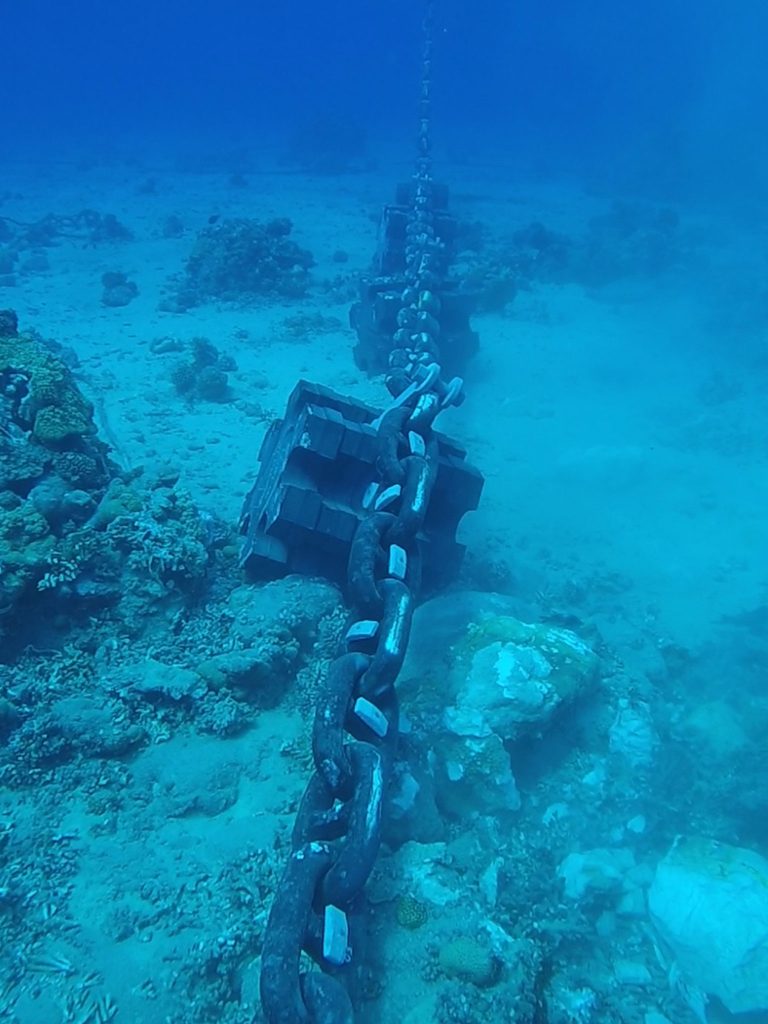
Contact Us: Call 435-563-3503
-OR- Fill in the form below and we will call you back.
